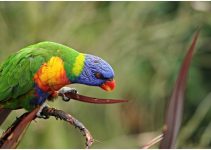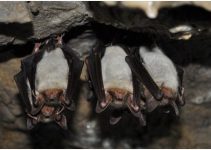We have all heard about the disaster that happened in the Fukushima Nuclear Power Plant on March 11, 2011. The tragic nuclear meltdown has claimed no lives but has had a very negative effect in the environment.
Since the incident, several reports have indicated that the power plant’s collapse has brought severe abnormalities among plants and animals in the area. In 2012, interesting accounts have surfaced regarding deformed butterflies and fruits that have been spotted in the location.
In recent times, a photo of a strange-looking flower received a lot of attention on the internet. Posted by Twitter user @san_kaido, these daisies prove that the power plant’s radiation really had a huge impact in the place.
Here’s the viral picture of the “mutant” flower:
マーガレットの帯化(那須塩原市5/26)② 右は4つの花茎が帯状に繋がったまま成長し,途中で2つに別れて2つの花がつながって咲いた。左は4つの花茎がそのまま成長して繋がって花が咲き輪の様になった。空間線量0.5μSv地点(地上高1m) pic.twitter.com/MinxdFgXBC
— 三悔堂 (@san_kaido) May 27, 2015
This photo has been taken in Nasushiobara, a city that’s about 70 miles away from Fukushima.
Translated from Japanese language, @san_kaido’s tweet says:
“The right one grew up, split into 2 stems to have 2 flowers connected each other, having 4 stems of flower tied beltlike… The left one has 4 stems grew up to be tied to each other and it had the ring-shaped flower. The atmospheric dose is 0.5 µSv/h at 1m above the ground.”
Currently, the area itself has been declared as safe for “medium to long term habitation” because of its significantly lower radiation levels. The government in Japan has been prompted to permit over 7,000 residents of a town near Fukushima to return to their homes after four years of being evacuated.
Still, it is not clear whether residents will really take the chance to go back and live there. Most people are actually not in favor about it. A former resident effectively summed up the sentiment of many by saying:
“There are no shops. There are no doctors. I don’t know what to do.”





